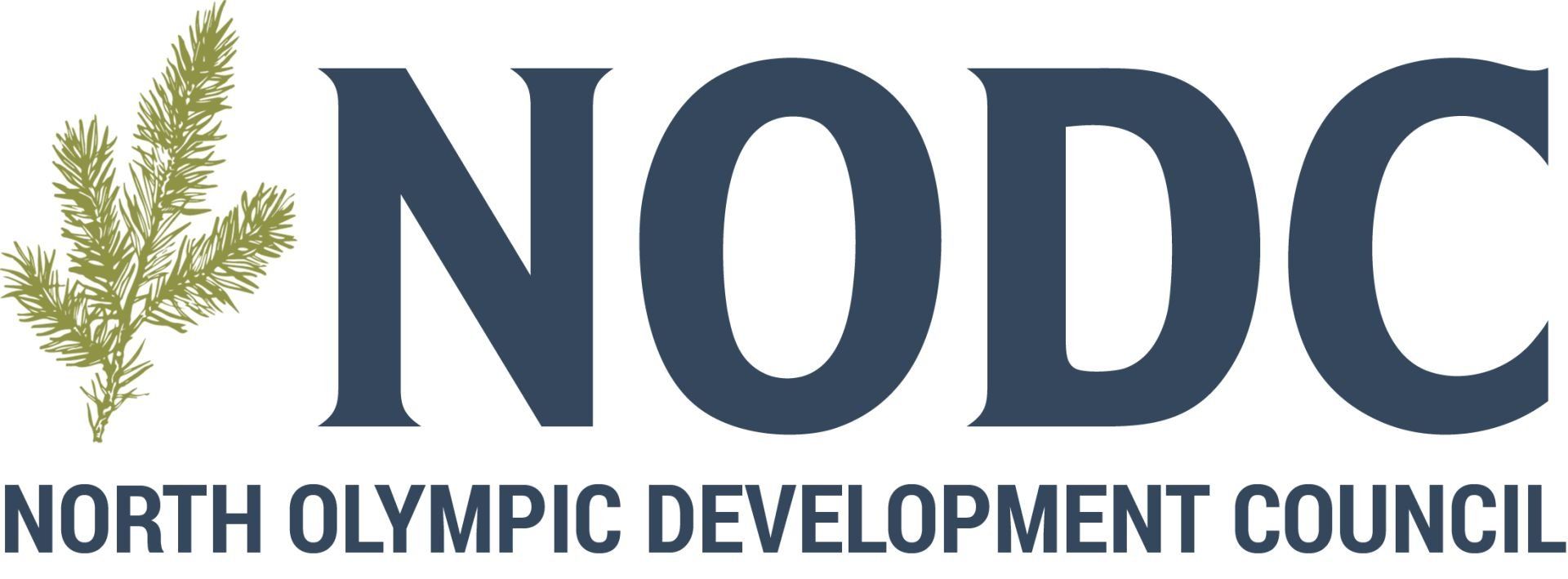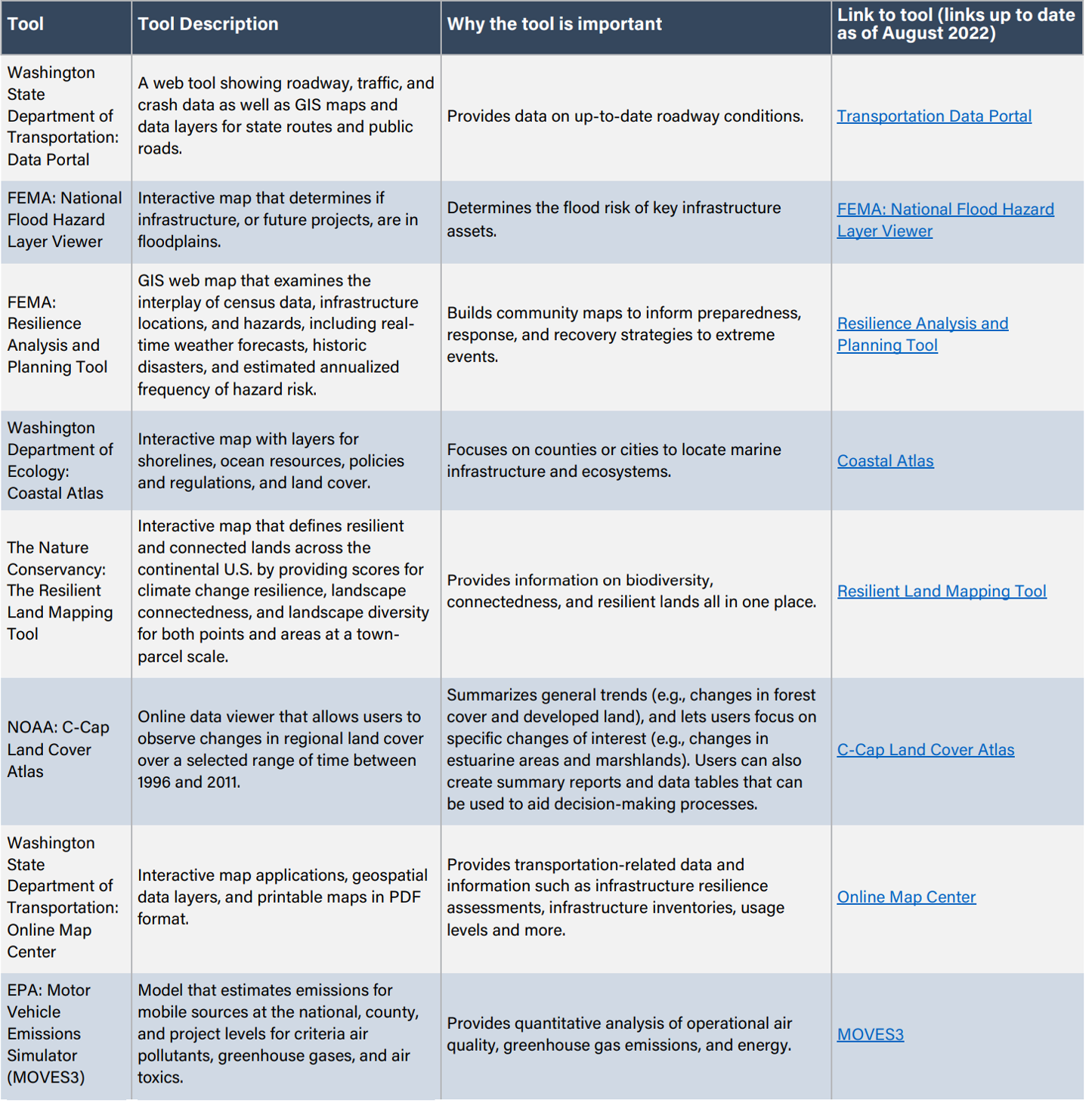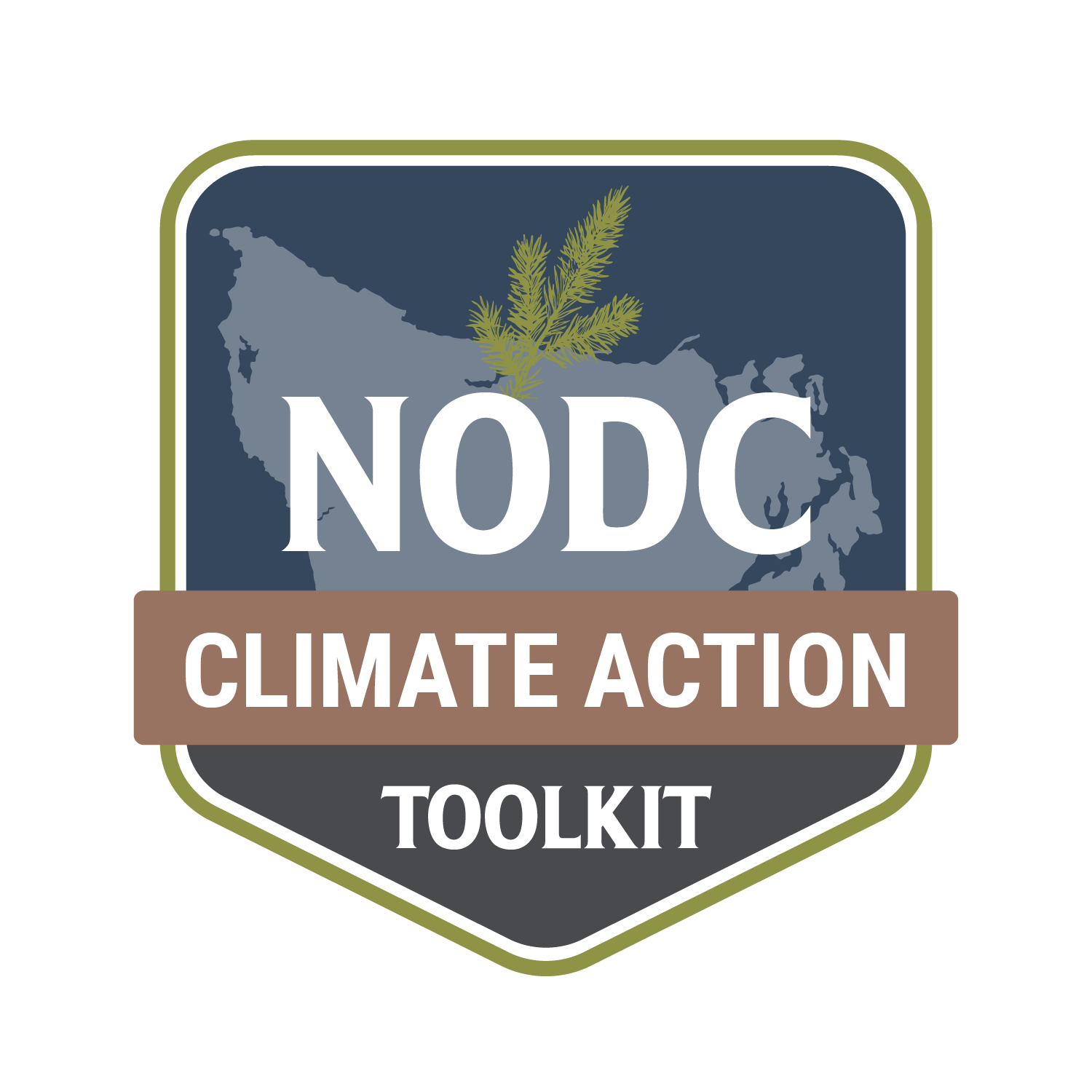ENERGY & HOUSING
INTRODUCTION
As the population of the North Olympic Peninsula and other rural areas continues to grow, so does energy consumption and demand. If the system demand exceeds supply, the voltage in local power lines can drop and cause brownouts and electricity outages. The risk of power outage is highest during the winter months and is expected to increase in the summer as temperatures rise, increased heating and cooling needs place additional stress on the energy grid, and during extreme weather events.
Jurisdictions can help alleviate the strain on the energy grid by offering resources and programs for energy-efficient appliances, energy conservation, and weatherization. As climate change continues to increase the risks of natural disasters, regional energy resilience and independence will be critical for maintaining electricity and vital services to residents in the event main energy sources fail.
Top Actions: Energy & Housing
Table of Top Actions
The table below provides a list of interactive, online tools jurisdictions can use to assess climate change impacts on their community and make decisions on climate change needs and strategies related to Energy & Housing.
Detailed action description
Typical agencies or departments to implement
Adaptation or Mitigation
Climate change benefit
Adopt building energy codes requiring energy efficiency in new construction and reducing reliance on fossil fuels for heating.
Planning and Community Development, Department of Commerce
Adaptation and Mitigation
Reduces emissions and risk of energy demand exceeding energy supply, especially during energy-intensive days (e.g., extreme hot or cold days).
Assess existing opportunities for energy efficiency improvements in government-owned buildings, including energy efficient appliances, smart technologies, and renewable energy
Operations, Department of Energy
Adaptation and Mitigation
Reduces emissions and risk of energy demand exceeding energy supply, especially during energy-intensive days (e.g., extreme hot or cold days).
Create green incentive programs for residential and commercial development
Public utilities
Mitigation
Decreases reliance on fossil fuel energy sources to reduce emissions.
Promote local PUD energy efficiency and conservation incentives and rebates for energy efficient appliances and smart technologies
Public utilities, Department of Commerce
Mitigation
Decreases emissions and offers equity benefits by providing financial incentives, which can help transition to energy efficient appliances and technologies for lower-income households.
Create a weatherization assistance program for residences and businesses
Department of Energy, Health Services, Department of Commerce
Adaptation and Mitigation
Prepares residents for more extreme weather and can also reduce energy usage and demand.
Incentivize community solar installations
Department of Energy, Planning and Community Development
Adaptation
Alongside building microgrids and equipping buildings with battery backups, community solar can help make communities more resilient, especially if the power grid is damaged.
Incorporate smart grid technology and practices such as metering, storage, and distribution within government facilities
Operations, Procurement and purchasing, Department of Energy
Mitigation
Establish a baseline of energy usage within government facilities and helps with future emission reduction goals.
Tools: Energy & Housing
Decision-making Tools
The table below provides a list of interactive, online tools jurisdictions can use to assess climate change impacts on their community and make decisions on climate change needs and strategies related to Energy & Housing.
Tool
Tool Description
Why the tool is important
Link to tool (links up to date as of August 2022)
US Energy Information Administration: U.S. Energy Atlas
Energy demand and consumption statistics that can be used to help inform local jurisdiction on energy trends.
Tracks energy demand and consumption trends, which can justify energy efficiency upgrades, electrification, or demand-responsive policies.
Clallam and Jefferson County: Outage Map
Observations of energy trends throughout the Peninsula (demand, outages, efficiency, etc.).
Identifies communities across Clallam and Jefferson counties with higher rates of power outages and can inform prioritization of energy resiliency investments.
World Population Review: Washington State
Population data available at the county and city level.
Helps planners better understand population trends and dynamics—and associated energy demand changes—of rural counties.
Department of Energy: City Energy: From Data to Decisions
Case studies for energy analysis and planning projects.
Provides several different citywide energy projects that demonstrate ways analysis can be used to make energy decisions.
State and Local Planning for Energy (SLOPE) Platform
Includes two tools: one that compares future energy and emissions scenarios and one that provides interactive maps and charts of jurisdictions’ energy use.
Provides energy data and scenarios to help better understand the impacts of different energy strategies and support data-driven decision-making.
Sample Codes, Regulations, and Plans: Energy & Housing
Codes and Regulations
- Port Angeles Ordinance No. 3688: An ordinance amending portions of the Port Angeles municipal code to increase residential building capacity within certain zones of the city.
- Port Angeles Ordinance No. 3679: An ordinance amending sections of Chapter 13.12 of the Port Angeles municipal code relating to electric utility rates.
- Port Townsend Code 16.08.170: Provisions for flood hazard reduction requiring new residential and nonresidential construction elevated at least two feet above base flood elevation.
- Clallam County Code: 33.45: Policy and energy development codes for energy generation, terminal, and transmission facilities.
- Clallam County Code: 35.15.570: Regulations for how renewable energy systems are implemented, developed, and constructed.
- Jefferson County Code: 18.20.410: Developments and standards implemented to ensure that broader communities and more regional areas are being served by utilities.
- King County Green Building and Sustainable Development Ordinance: An ordinance requiring the use of green buildings and sustainable practices across sectors such as environmental protection, climate change initiatives, and stewardship of resource lands.
- City of Seattle Municipal Code 25.06.020: Regulations for development in special flood hazard areas and flood-prone areas.
- Wisconsin Act 141: Requirements for renewable energy purchase goals for several agencies with an overall guideline that renewable energy account for 10% of state energy purchases by 2008 and then 20% by 2012.
Plans
- Shoreline Management Act - Washington State Department of Ecology: Mandates that all Washington counties with shoreline adhere to the policies and regulations laid out in the Shoreline Masters Programs to prevent harm while developing the state’s shoreline
Studies and Reports
- Government Leading By Example (GLBE) Program Lava Hot Springs Idaho: The Idaho Office of Energy and Mineral Resources utilized the GLBE program to better weatherize and insulate their fire station and upgraded to more energy efficient lighting in City Hall
Resources: Energy & Housing
The table below offers resources to implement the Energy & Housing strategies and actions other jurisdictions have adopted and includes potential funding opportunities.
Resource
Description
Energy Resiliency and Efficiency Programs
Department of Energy: Indian Energy Policy and Programs
Provides energy resiliency assistance to tribal communities.
Fact sheet providing data and studies conducted by Bonneville Power Administration relating hydropower and climate resiliency.
Examples of how data analysis can be utilized to inform strategic energy decisions at the local government level.
Strategies and programs for state, local and tribal governments.
Tools that can measure clean energy impacts.
Assists local governments with reducing air emissions with cost effective strategies.
Building Weatherization
Case study on how local governments can use weatherization strategies and retrofits to reduce the energy demand of their county buildings.
Funding Opportunities
Supports hydropower and marine energy technology improvements.
Supports projects that enable communities to use community solar.





